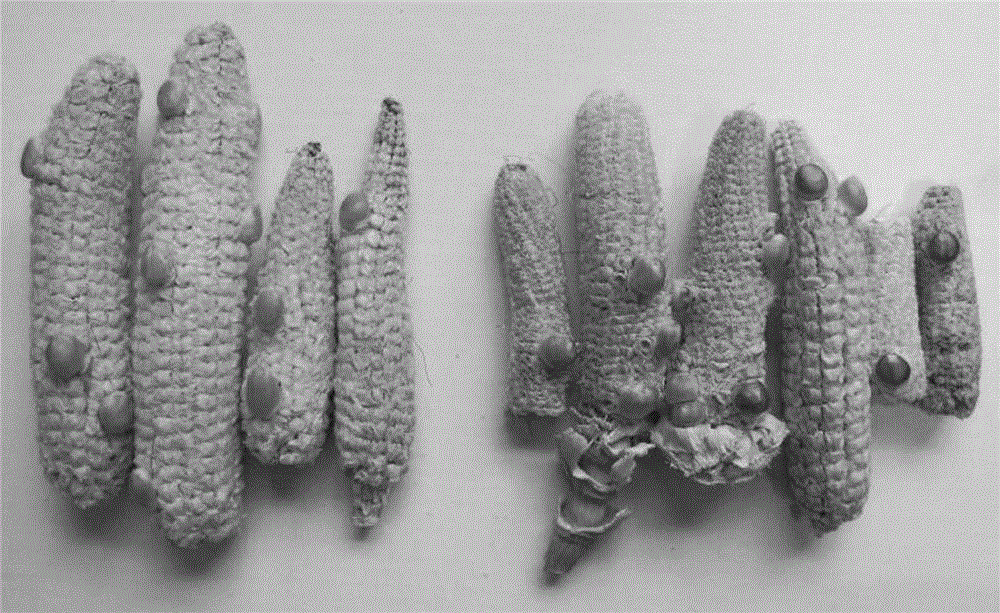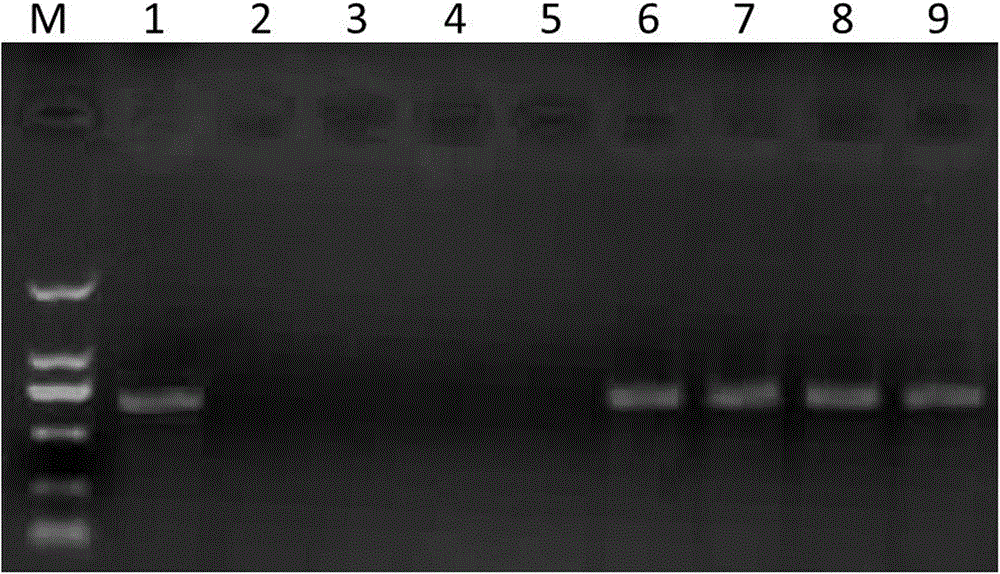Pigment-related genes as visual markers for pollen-mediated plant transgenesis
A pollen-mediated, transgenic technology, applied in the biological field, can solve the problems of failing to give full play to the superiority of anthocyanins, increasing concerns about the safety of genetically modified foods, and paying huge patent royalties, etc., to expand breeding resources, without genotypes Dependence, the effect of speeding up the breeding process
- Summary
- Abstract
- Description
- Claims
- Application Information
AI Technical Summary
Problems solved by technology
Method used
Image
Examples
Embodiment Construction
[0023] The vector containing the anthocyanin marker gene and the pollen-mediated method were used to transform maize; the pollen-mediated method and the pLtp1CB transformation vector containing the exogenous anthocyanin gene were used to transform maize. The specific steps are as follows:
[0024] Use of ultrasound-assisted pollen-mediated genetic transformation:
[0025] (1) Test materials: The plant material is the corn inbred line Zheng 58, the gene donor plasmid is the vector pLtp1CB (attached figure 1 )
[0026] (2) Transformation treatment method: Corn seeds were sown in the experimental field of our center in Taiyuan in early May, and they entered the blooming period in mid-July. Before flowering and silking, the male and female ears to be transformed were bagged separately. Fresh pollen was collected at around 10 am the next day, suspended in 0.45 mol sucrose solution, and subjected to initial ultrasonic treatment. Plasmid DNA (mixing ratio of plasmid and pollen grains) was ...
PUM
 Login to View More
Login to View More Abstract
Description
Claims
Application Information
 Login to View More
Login to View More - R&D
- Intellectual Property
- Life Sciences
- Materials
- Tech Scout
- Unparalleled Data Quality
- Higher Quality Content
- 60% Fewer Hallucinations
Browse by: Latest US Patents, China's latest patents, Technical Efficacy Thesaurus, Application Domain, Technology Topic, Popular Technical Reports.
© 2025 PatSnap. All rights reserved.Legal|Privacy policy|Modern Slavery Act Transparency Statement|Sitemap|About US| Contact US: help@patsnap.com



